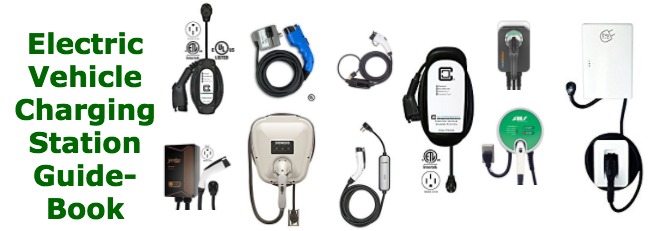I fiddled with the gelato for a while this morning and found out a few things:
- The groaning of the motor is an oscillation
- When the wheel is in a certain position the throttle will not make it move
- When really low power is applied there are three quiet clicks before the wheel reaches the dead position
Is this a problem with the motor or the controller?



Just a guess - maybe a faulty sensor in the motor?
Does this motor have Hall-effect sensors?
This information may be used entirely at your own risk.
There is always a way if there is no other way!
I was thinking this might be the problem. How do I tell if the motor has Hall-effect sensors?
Is there a way to determine this short of opening the motor? I'm not against doing this, just scoping the time/space requirements.
What I know is that the motor is 350W and brushless.
Thanks!
Paul
Hopefully someone who knows this motor will chime in soon...
Until then, here is more guesswork:
There should be a few thick cables and many thinner cables disappearing into the motor. The thick ones are for power, the thin ones for measuring the Hall effect sensors (if they are present).
There is probably a connector somewhere for the thin cables. It might be loose or not make good contact for one of the sensor connections. Wiggle the connector, clean it, push it back together and see if that fixes the problem.
If not, then you can somehow measure which sensor is faulty. As you spin the wheel by hand, the sensors turn on and off each time that the wheel is in a certain position. That's how they tell the controller about the wheel position. One sensor will not change it's output when it should, that would be at the wheel position in which it gets stuck.
This information may be used entirely at your own risk.
There is always a way if there is no other way!
Yes it has hall effects. Do more reseach on what each teminal should do. Good luck.
Don't buy any futher away than you can drive to and return it.
I have done some more research into the failure modes for hall-effect sensors. The dead spots and working better at higher RPMs matches with what I am seeing. There is a pretty good description of the steps to find and replace the hall-sensor in a hub motor on instructibles here. It looks like the investment in a soldering iron is paying off quickly!
After the 4th I'll have some time to take the back wheel off. This looks a little technical as well. I'm learning many new things in the world of electric vehicles.
Paul
Paul always a assume when you open up an electrical motor and fiddle with it. You may come away with a trashed motor. So have a back up plan. Locate a replacement motor before you start. Next be darn sure it is not the motor. My dad said always replace the cheapest componet first. Good luck. Poe
Don't buy any futher away than you can drive to and return it.